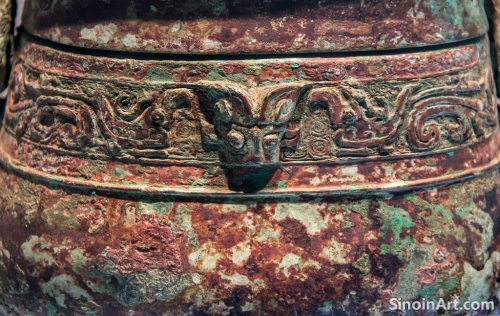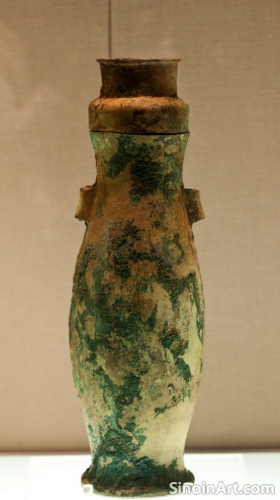The Challenges of Reconstructing Ancient Bronze Casting Techniques: Experimental Archaeology
|
Reconstructing the ancient bronze casting techniques used in ancient China presents a complex set of challenges, requiring a combination of archaeological evidence, historical analysis, and experimental archaeology, where modern metalworkers try to reproduce artifacts using the same tools and methods that were employed in the past. These types of experiments help us to better understand the complex skills required for this type of work. The difficulties in replicating the casting techniques used in the ancient world helps to emphasize the sophistication of the original designs.  Experimental archaeology involves recreating the tools, materials, and techniques of ancient bronze workers in order to understand the complex processes involved in the casting and shaping of these objects. The careful replication of these techniques helps to highlight the high level of expertise required to create these objects. The experiments help to clarify the various steps of the process.  These experiments have helped to reveal the skills required for mold making, alloy mixing, temperature control, and the application of decorative patterns, leading to a deeper appreciation for the level of craftsmanship involved. The practical experience of working with bronze reveals many aspects of these designs that would be difficult to understand through analysis alone.  By using methods that are similar to those of the past, modern craftspeople are able to gain new understandings of the challenges faced by the bronze workers of the past. The recreation of these works helps to give a better perspective on the achievements of ancient Chinese artists and craftspeople. The continued study of these historical techniques offers valuable insights into the technological innovations of ancient China, showing the ingenuity and skill that was essential to the creation of these objects, as well as the challenges that ancient craftspeople would have faced. The ongoing research helps to emphasize and highlight the impressive achievements of ancient metalworkers. |
Tag : bronze casting experiments, experimental archaeology, ancient metallurgy, reproduction methods, Chinese technology
Related information
- The Use of Bronze in Ancient Chinese Transportation: Chariot Decoration and the Display of Power
- The Use of Bronze in Ancient Chinese Water Management Systems: Irrigation and Hydraulic Engineering
- Beyond Vessels: The Diverse Uses of Bronze in Ancient China
- The Influence of Ancient Chinese Bronze Ware on Later Japanese Art and Design
- The Use of Bronze in Ancient Chinese Water Clocks and Timekeeping Devices
This article explores the use of bronze in ancient Chinese chariot decoration, highlighting its role in communicating power and status, the visual symbolism used, and how these decorative elements enhanced both the aesthetic appeal and also the political message of these important vehicles of transport.
This article explores the use of bronze in ancient Chinese water management systems, highlighting its role in irrigation, hydraulic engineering, and the creation of tools and components that helped to control and manage water resources for agriculture.
This article explores the diverse uses of bronze beyond vessels and weapons, highlighting its use in musical instruments, mirrors, tools, and other objects, demonstrating the versatility and importance of bronze in ancient Chinese society.
This article explores the influence of ancient Chinese bronze ware on later Japanese art and design, highlighting the adoption of Chinese forms and techniques, the development of unique Japanese styles, and the impact of cultural exchange on creative expression.
This article explores the use of bronze in ancient Chinese water clocks and other timekeeping devices, highlighting their complex mechanisms, their integration of astronomical data, and their importance in standardizing time measurement for a variety of purposes.